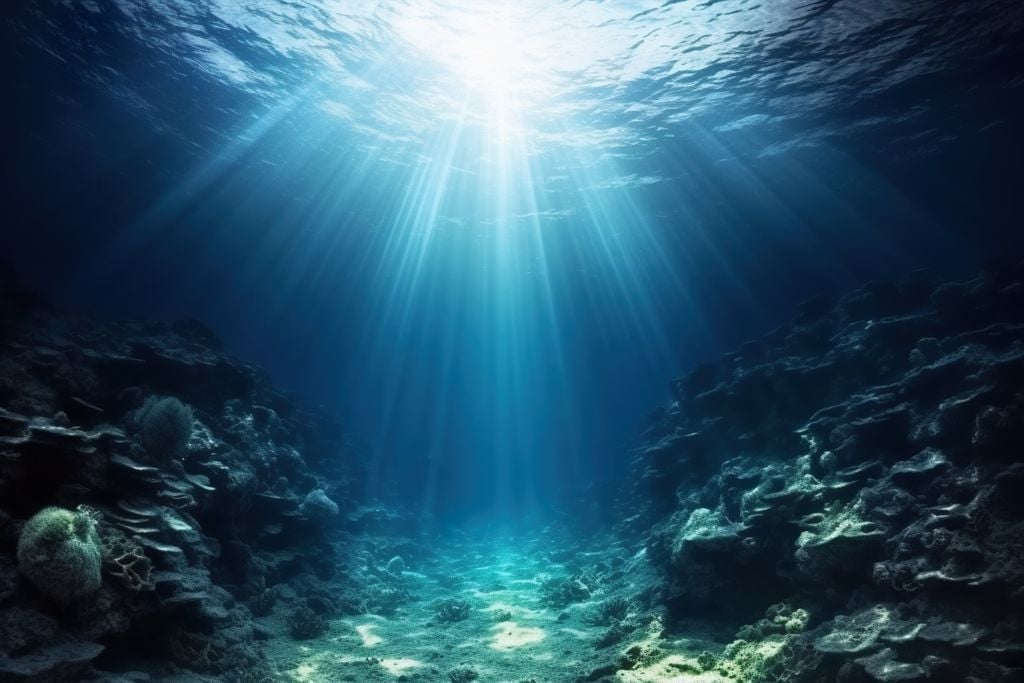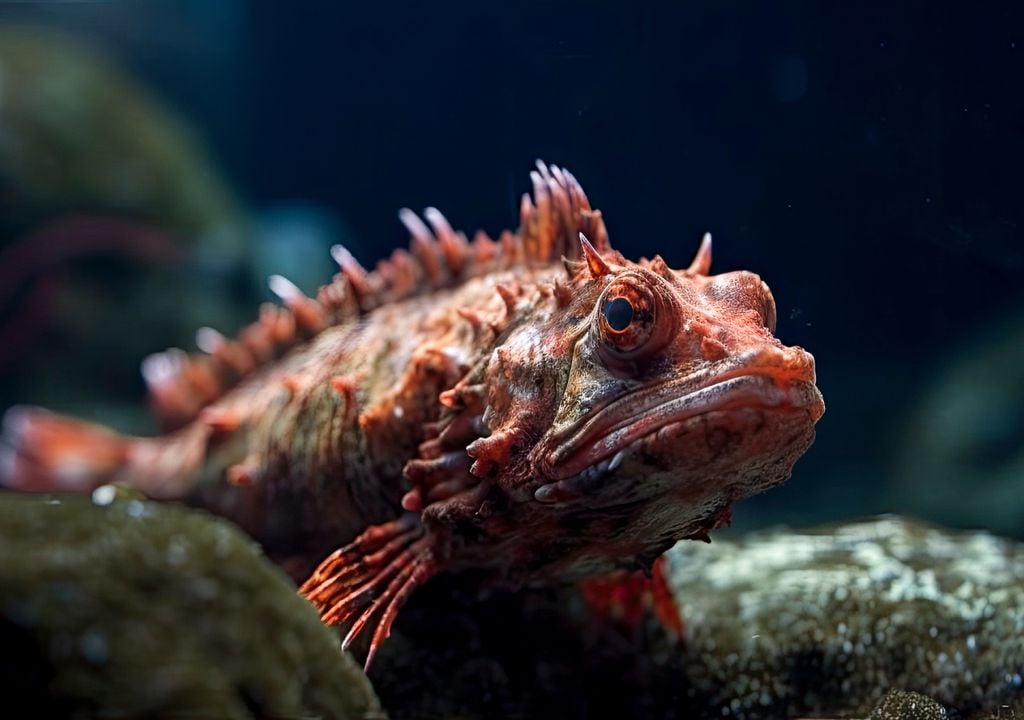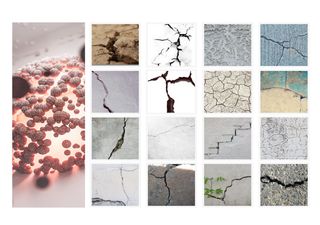Discover the hadal zone, the underworld where darkness, cold and crushing pressures reign
Immerse yourself in a fascinating journey to the most mysterious depths of our oceans, where the hadal zone holds secrets that challenge our imagination.

The hadal zone is one of the last great borders of ocean science. Its exploration is complex and expensive, so little is known about it. However, the discoveries made in recent decades have revealed that this area is a surprisingly diverse place.
What is the hadal zone?
The hadal zone, whose name derives from the Greek god Hades, regent of the underworld, encompasses the entire oceanic space that is located at depths greater than 6,000 metres.
Divided into two subzones, the first, the abyssal zone, extends from 6000 to 10000 metres, while the second, the hadal zone itself, extends from 10,000 to 11000 metres.
Characteristics of the hadal zone
This region is characterised by extreme conditions that defy the limits of marine life:
- Total darkness: sunlight does not reach these depths, so the hadal area is completely dark.
- Extreme cold: the water temperature in the hadal zone is usually between 1 and 4 degrees Celsius.
- High pressure: the water pressure increases as it descends in depth. In the hadal zone, the pressure can be up to 1000 times higher than the atmospheric one.
Is there life in the hadal zone?
Despite the extreme conditions, the hadal area is home to a surprising diversity of life. Organisms adapted to these extreme conditions have developed unique characteristics to survive.
- Fish have large eyes to see in the dark and flexible bodies to maneuver in cold and high-pressure waters.
- Crustaceans have hard shells to resist pressure and light-sensitive organs to detect poor lighting.
- There are several invertebrates, highlighting several types of molluscs, worms and annelids.
Some curiosities
The hadal zone is revealed as an extraordinarily diverse corner of the Earth, full of fascinating secrets. Below, we present some surprising curiosities about this region.
- Bearing the title of the largest hadal fish in the world, the gigantic mouth reaches impressive lengths of up to 3 metres.
- The scorpionfish is the deepest crustacean known. He has conquered habitats at amazing depths, descending to 8000 metres.

- Defying extreme forces, the nematode stands as the most resistant animal to pressure on the planet, prospering at unfathomable depths of up to 11,000 metres.
- In 1960, the intrepid explorer Jacques Piccard became the first human being to enter the hadal depths, courageously descending to the Mariana Trench.
Future explorations
The hadal area is a fascinating and mysterious place, which still hides many secrets. The exploration of this region is a major challenge for scientists, who can learn a lot about the evolution of life on Earth and the extreme conditions that organisms can withstand.
The hadal zone is a reminder that the Earth is a planet full of life, even in the most extreme areas.








